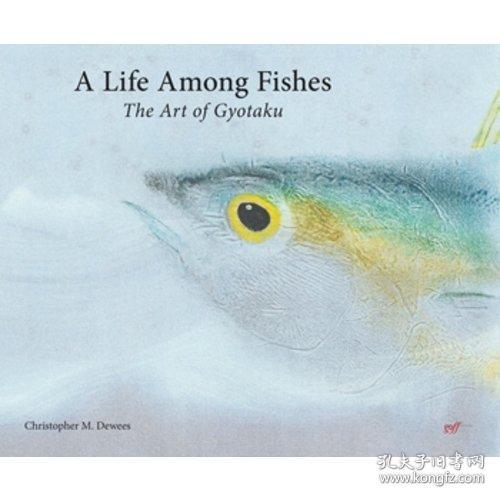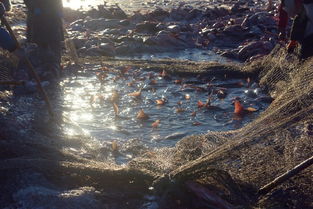Introduction:
Fish cards, also known as "Gang of Fish" or "Fish Game," is a popular card game that combines strategy, skill, and a bit of luck. Whether you're a seasoned player or a beginner looking to improve your game, this article will provide you with a comprehensive guide on how to play fishing cards effectively. We'll delve into essential tips, strategies, and even include a handy illustration to help you visualize the game.
Understanding the Basics:
Before we dive into the tips and tricks, it's crucial to understand the basic rules of fishing cards. The game is typically played with a standard deck of 52 cards, and the objective is to collect the most valuable fish cards by forming pairs and sequences.
The Fish Cards:
Fish cards are the most valuable in the game. They include the following:
- King of Fish (most valuable)
- Queen of Fish
- Jack of Fish
- 10 of Fish
- 9 of Fish
- 8 of Fish
- 7 of Fish
- 6 of Fish
- 5 of Fish
- 4 of Fish
- 3 of Fish
- 2 of Fish
Playing the Game:
The game is played in rounds, and each player takes turns being the dealer. The dealer deals five cards to each player, starting with the player to their left. The player with the lowest card becomes the first to play.
Forming Pairs and Sequences:
Players aim to form pairs (two identical cards) and sequences (three or more consecutive cards, not necessarily of the same suit). Once a player has formed a valid sequence or pair, they can lay it down on the table. The first player to lay down all their cards wins the round.

Valuing the Cards:
The value of the cards is as follows:
- Fish cards are worth their face value.
- Aces are worth 1.
- Face cards (King, Queen, Jack) are worth 10.
- Number cards are worth their face value.
Taking Cards:
If a player cannot play, they must take a card from the stock. However, if the stock runs out, the game ends, and the player with the lowest number of cards wins the round.
Tips and Strategies:
Now that you have a grasp of the basics, let's explore some tips and strategies to help you improve your game:
Tip 1: Start with the Strongest Cards
Always try to play your strongest cards first. This will give you a head start in forming pairs and sequences.
Tip 2: Watch Your Opponents' Moves
Pay attention to what your opponents are playing. This can give you valuable information about what cards they might have in their hand.
Tip 3: Be Aggressive but Strategic
While it's important to be aggressive in playing your cards, don't make impulsive moves. Always think about the long-term strategy of the game.
Tip 4: Keep Track of the Fish Cards
Fish cards are the most valuable, so it's crucial to keep track of them. If you see a fish card in the discard pile, don't hesitate to take it.
Tip 5: Avoid Taking Cards from the Stock
Try to avoid taking cards from the stock unless absolutely necessary. This can put you at a disadvantage if the stock runs out.
Illustrations for Playing Fish Cards:
To help you visualize the game, here are some illustrations for the different types of pairs and sequences you can form:
Pair:
- Two identical cards (e.g., two Kings, two Queens)
Sequence:
- Three or more consecutive cards (e.g., 5, 6, 7 of the same suit)
Combination:
- A pair and a sequence combined (e.g., 5, 6, 7 of the same suit with a pair of Kings)
Conclusion:
Playing fishing cards is not just about luck; it's about strategy and skill. By understanding the basics, following these tips, and visualizing the game with our illustrations, you'll be well on your way to mastering the art of playing fishing cards. Happy fishing!












